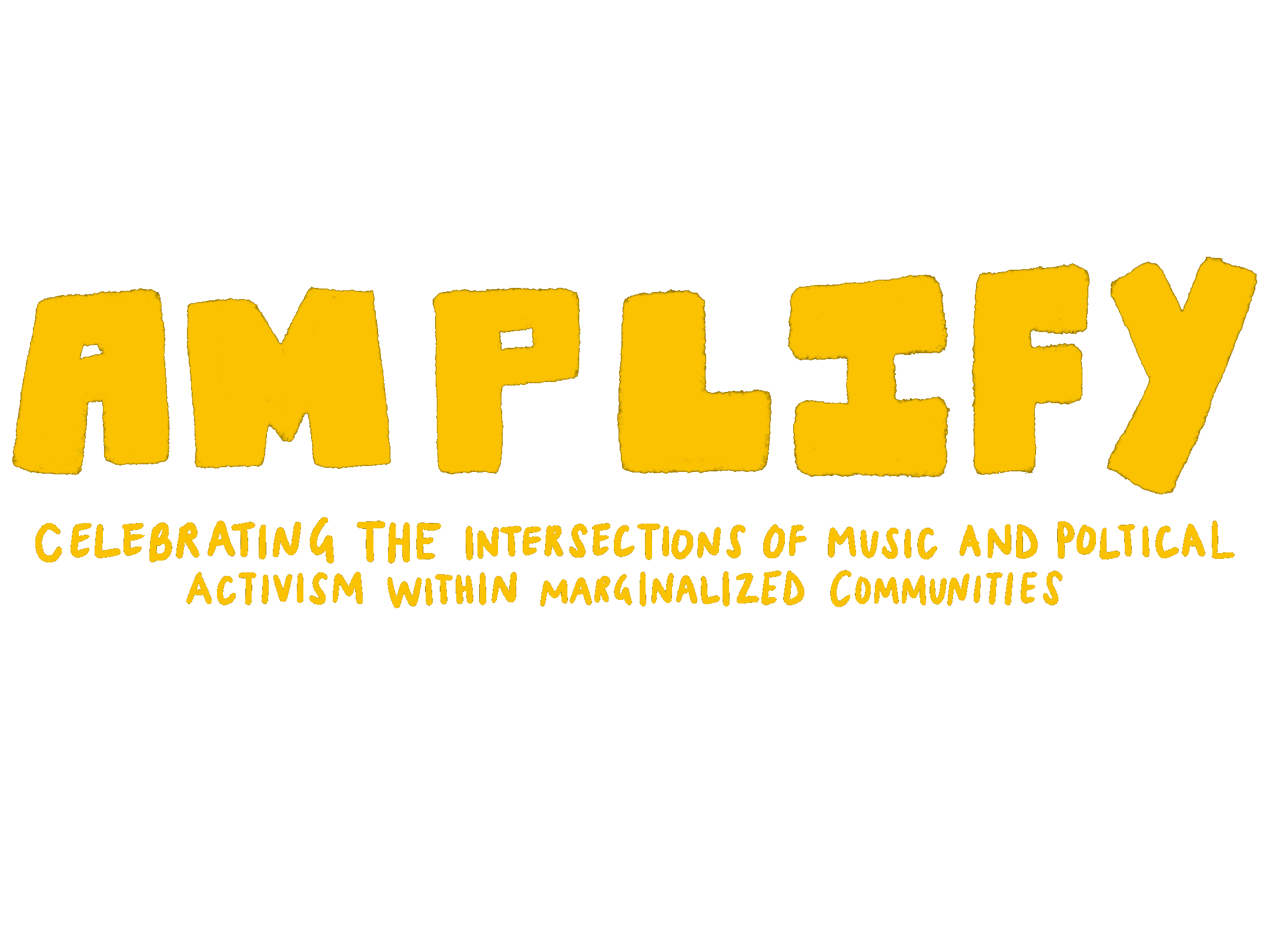One of the most powerful things we can do to fight for change in our community is by exercising our First Amendment right to protest and speak freely. In recent years, there have been raised concerns about people’s safety when it comes to exercising their rights due to excessive force used by police during peaceful protests.
So before heading out to protest for your community, remembering to keep you and your community safe should always be the first priority.
Here are some tips for protesting safely and productively:
Educate yourself.
Not only can it allow for a deeper understanding of the issue and goals of the protest, but it also allows for more informed understanding and powerful engagement. Before attending any protests know your values and learn your legal rights in case you face any conflict with the police. Research organizations that get you out of these conflicts such as The Bail Project and Minnesota Freedom Fund.
Go in numbers.
The best thing you can do is attend with a friend. Any activity is generally safer in groups. When attending a protest, especially one with higher stakes, a friend can help you or alert others if you are harmed. Something that you can do, according to experts at the Minnesota Civil Liberties Union is to write emergency contact numbers on your arm with a marker in case you are lost or harmed.
A friend can also document any run-ins you have with law enforcement. Always let someone know where you are going.
Pack mindfully.
From essential items for your personal well-being to items to safety items to documentation, mindful packing can make a significant difference in your protest experience.
What to pack:
- A comfortable bag or backpack to carry around
- Water
- Consider bringing water bottles with a squirt cap to flush your eyes in case of exposure to pepper spray or tear gas which is commonly used and can cause severe and long-term health damage according to Dr. Anna Feigenbaum.
- Disposable Masks
- First Aid Kit + Tissues
- Snacks
- A Hat and/or Sunglasses to protect your face
- Cash and ID
Stay vigilant.
Know your surroundings and who you are surrounded by as best as you can. Be prepared to help and care for those around you. Take special notice of behavior according to the Nation Resources Defense Council. Avoid interactions with counter-protesters and know where you can exit should you need to depart abruptly.
Watch the phone use.
Considering the ethics of phone usage is also very important. While cell phones and social media can be powerful in spreading a movement’s message, they can also put your privacy and those around you at risk. To avoid performative activism consider why you are taking the photo or why you are sharing it.
Protests can be a powerful way to demand changes in your community. By doing your part to maintain a peaceful and safe protesting environment, protesters can amplify their message while reducing further harm in their community.



